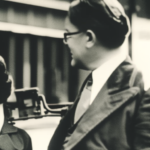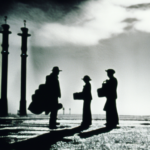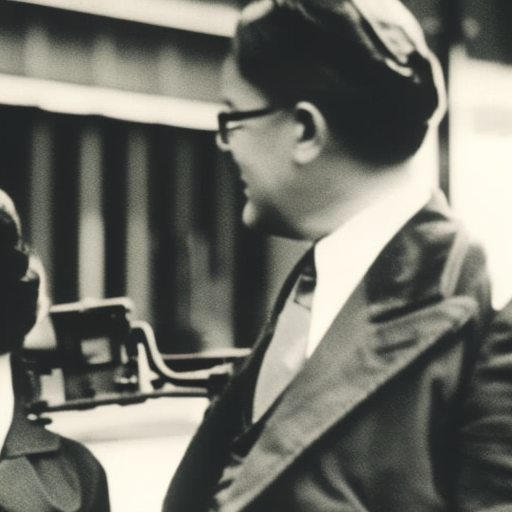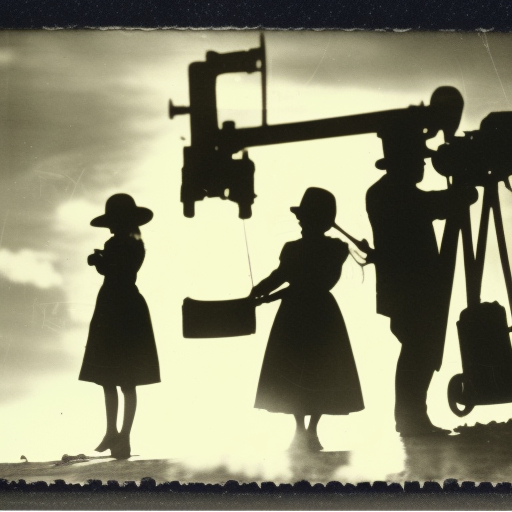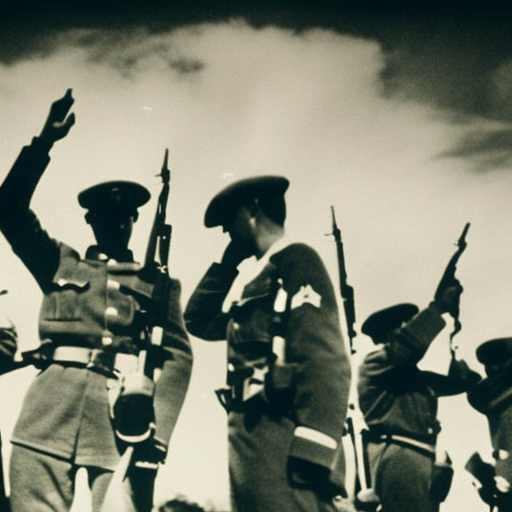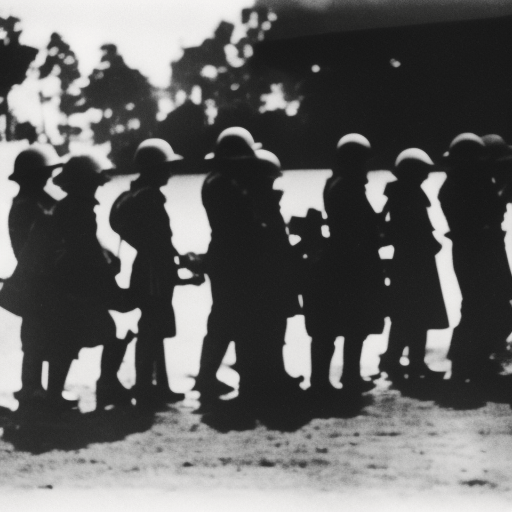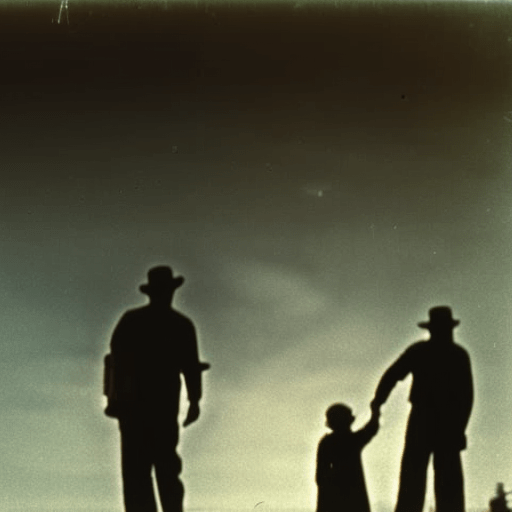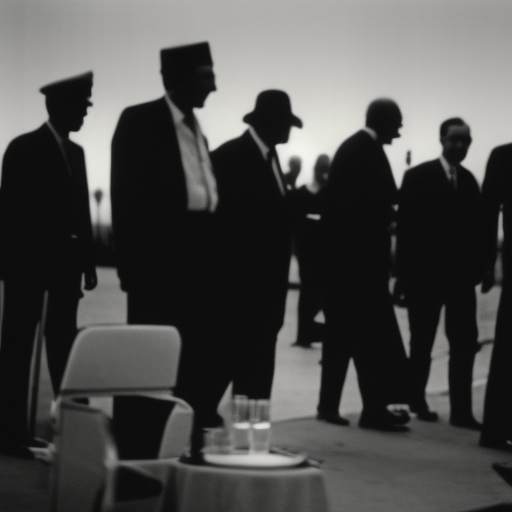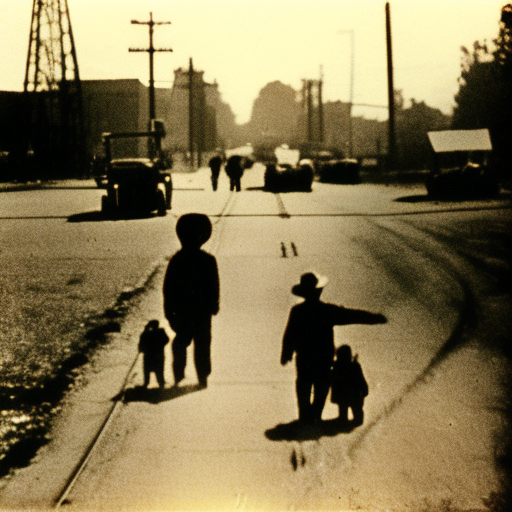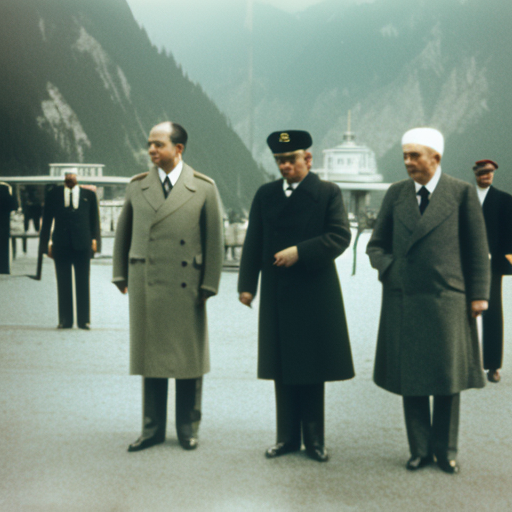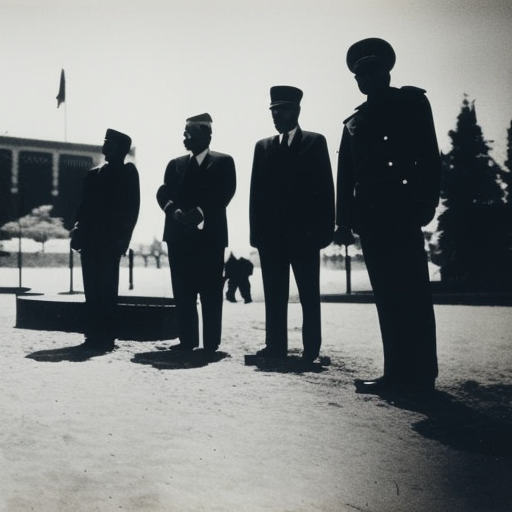The New Deal was a series of economic programs and reforms implemented by President Franklin D. Roosevelt to combat the Great Depression and promote recovery in the United States.
The Wagner Act (1935) Explained
The Wagner Act of 1935 was a landmark labor law that protected workers’ rights to organize and bargain collectively.
The Bonus Army (1932) Explained
The Bonus Army was a group of World War I veterans who protested in Washington, D.C. in 1932, demanding early payment of their bonuses.
World War II (1939-1945) Explained
World War II was a global conflict that lasted from 1939 to 1945, involving major powers and resulting in widespread devastation and the Holocaust.
The Great Depression (1929-1939) Explained
The Great Depression was a severe worldwide economic downturn that lasted from 1929 to 1939, causing widespread unemployment, poverty, and economic hardship.
Cairo Conference Explained
The Cairo Conference was a meeting held in 1943 between the leaders of the Allied powers to discuss strategies for the defeat of Japan during World War II.
Casablanca Conference Explained
The Casablanca Conference was a World War II meeting between Allied leaders to discuss strategy and plan for the defeat of Nazi Germany.
The Great Depression Explained
The Great Depression was a severe worldwide economic downturn that lasted from 1929 to the late 1930s, causing widespread unemployment, poverty, and financial crisis.
Yalta Conference Explained
The Yalta Conference was a meeting between the leaders of the United States, Soviet Union, and United Kingdom to discuss the post-World War II reorganization of Europe.
Second Quebec Conference Explained
The Second Quebec Conference was a meeting between Allied leaders during World War II to discuss military strategy and post-war planning.
Tehran Conference Explained
The Tehran Conference was a meeting between the leaders of the Allied powers during World War II to discuss strategy and coordination against the Axis powers.
